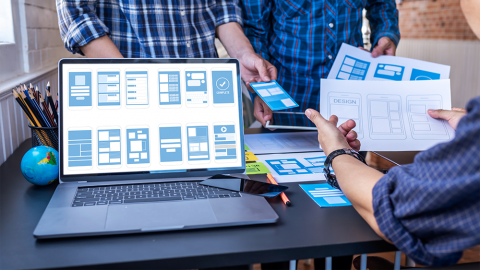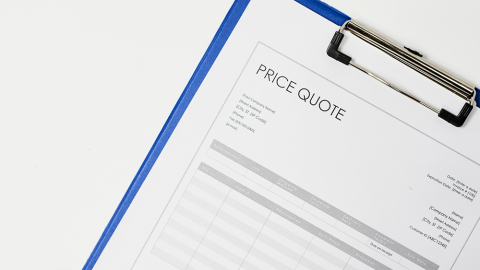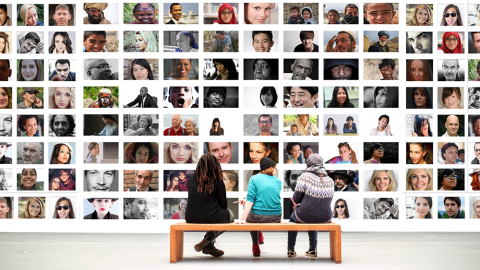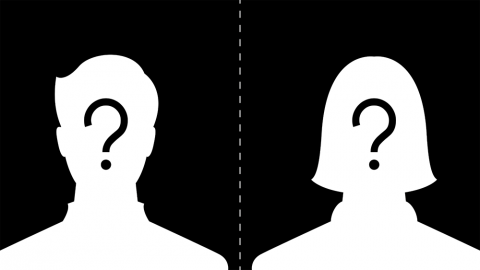Testing & Going Live – What WebDev Projects Really Look Like, Part 7

Having moved through the initial creative and production processes, now’s the time to test your work in the real world.
Testing – Round 1
- Often, testing is only done by site owners, but end users should be put in front of the site, too, before it’s considered launch-ready.
- Behavioral testing is a huge part of this practice: “If I click this, that should happen.”
- Behavior-driven Web development is becoming the norm, through practices such as BEHAT. This is an open source Behavior-Driven Development framework for PHP. It’s a tool to support you in delivering software that matters, through continuous communication, deliberate discovery and test-automation. It’s essentially a series of “if-then” scenarios.
Review and Going Live
- Only after your draft site is put through its paces against these tests should you allow the client to review it.
- Either make requested revisions or explain to the client why the site should remain as is, then take the site live.







